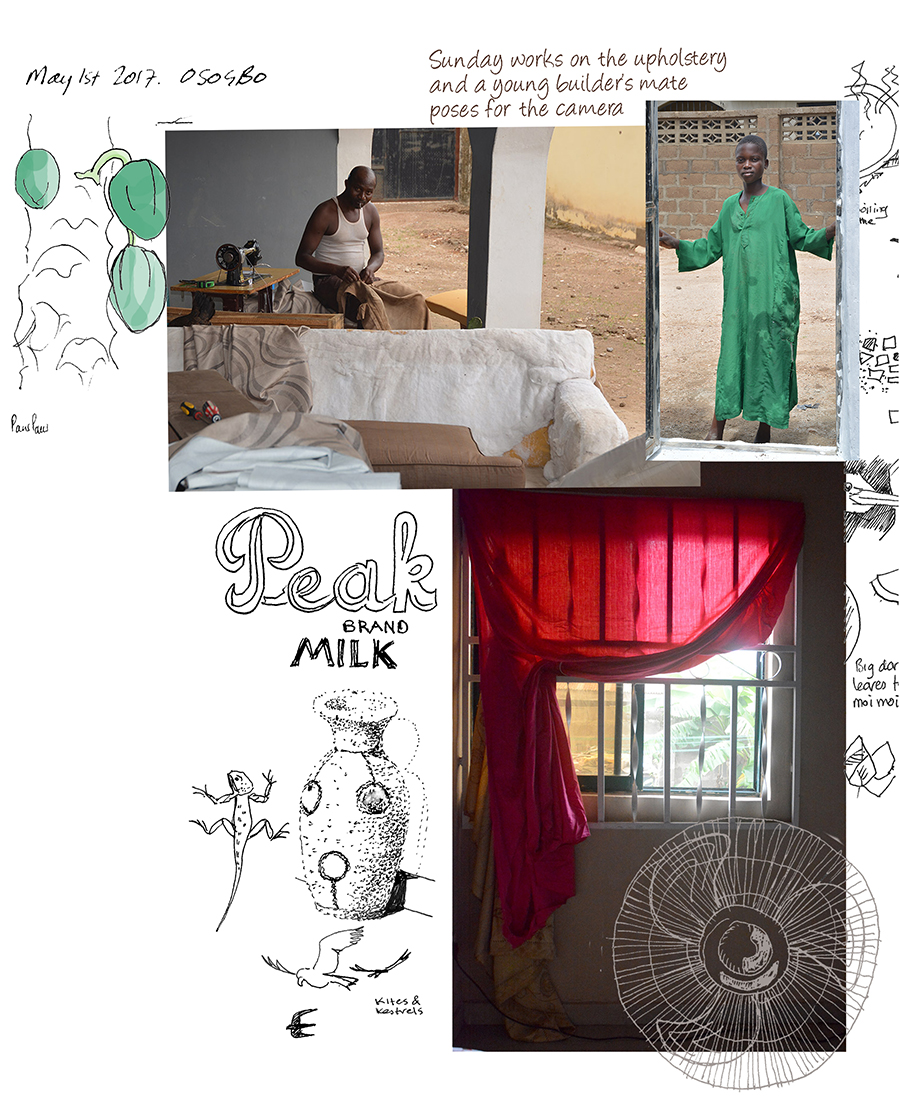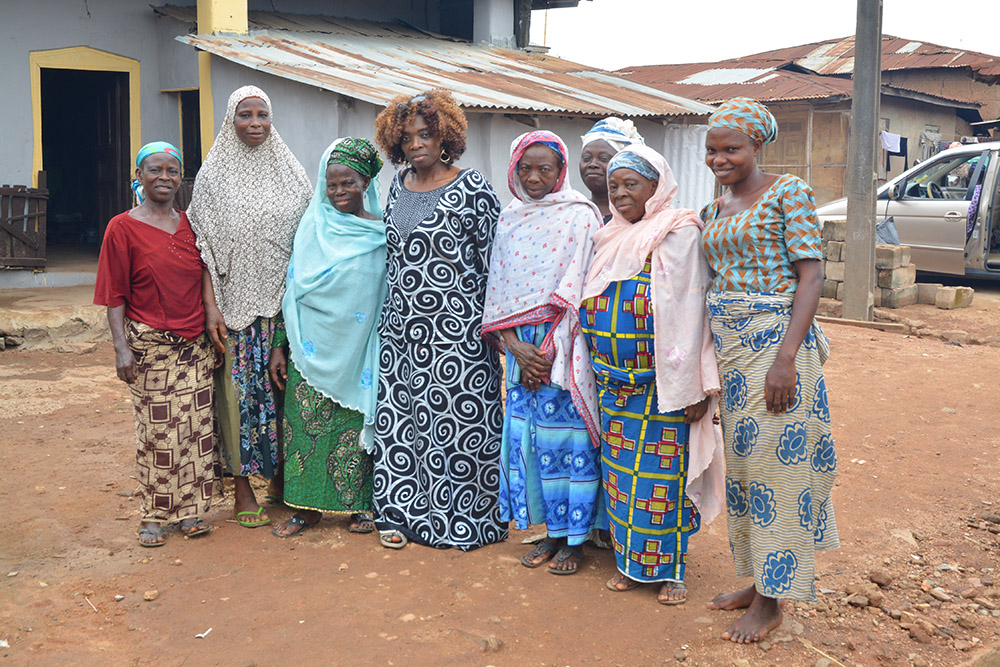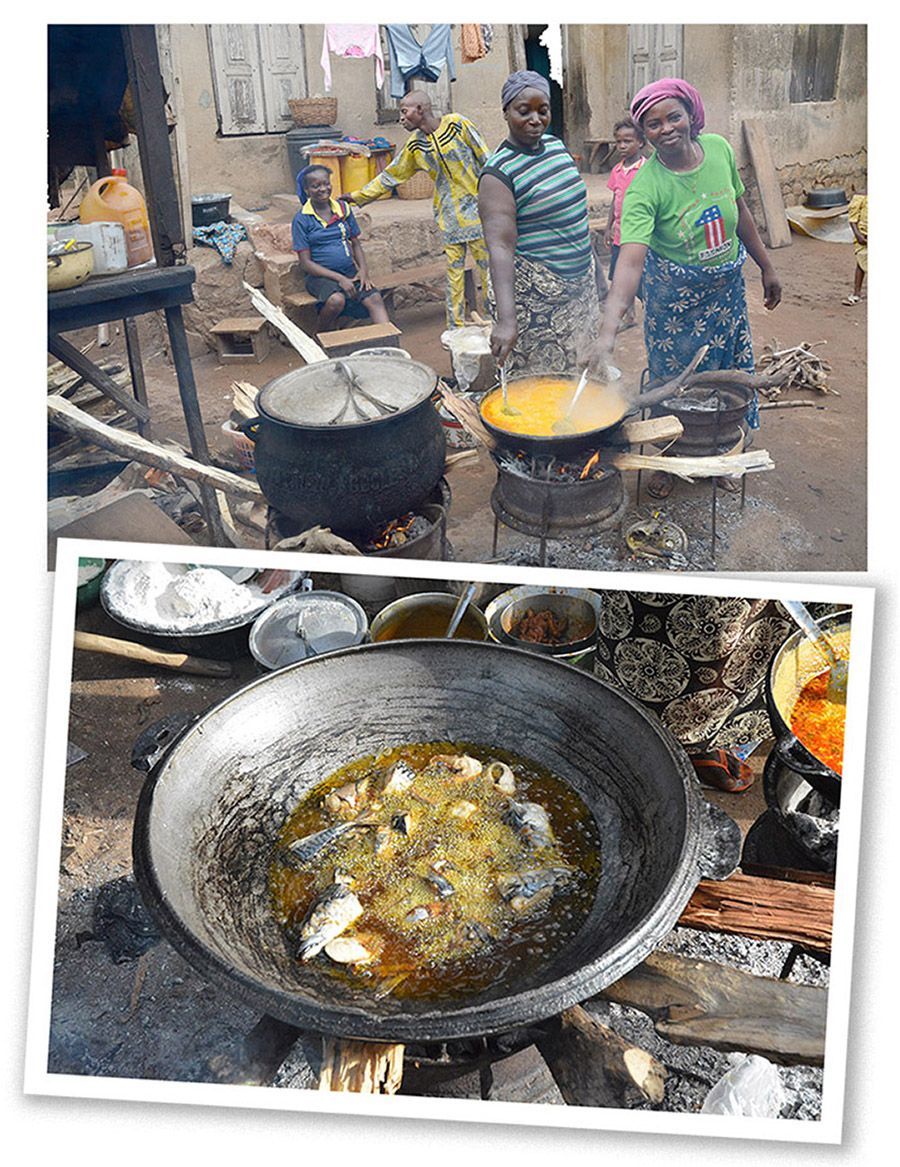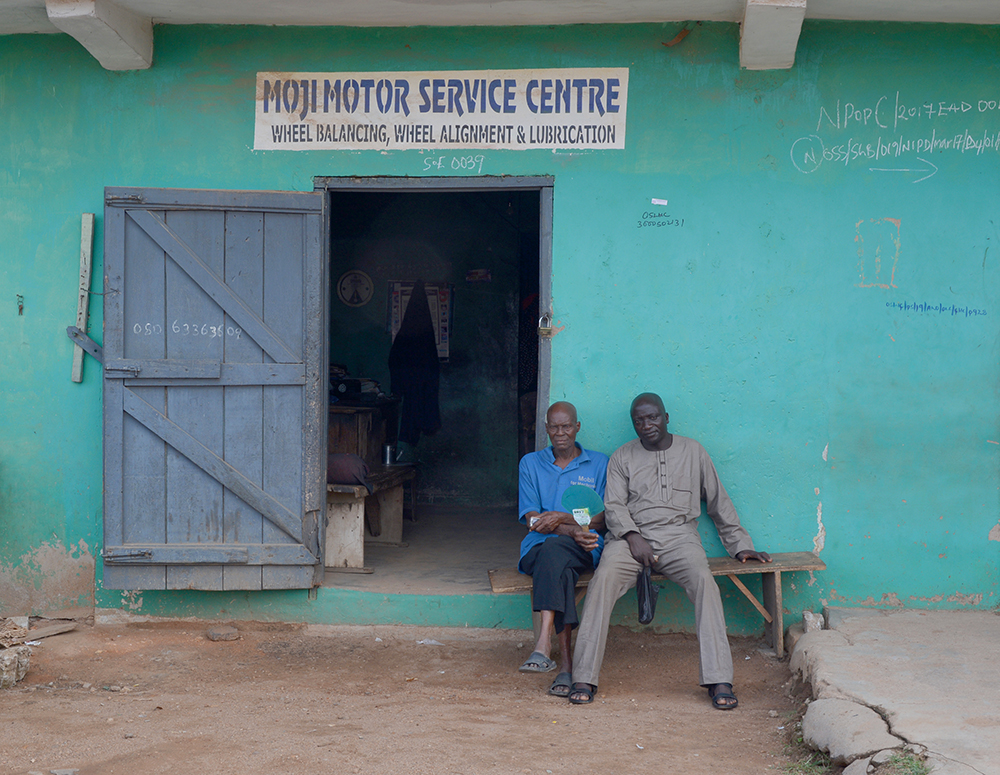Some rooms in the house have air conditioning, some do not. Ours does not. I switched on the light and a gecko made its way out of sight into a gap in the window frame. The upright standard fan noisily moved the air around adequately enough though. Welcome back.
The heavy rain in the small hours, loud on the tin roof, has cooled the morning air. I noticed how much the paw-paw tree in the yard had grown since last year, and how the bananas had been thinned out. Some wood has been collected ready for cooking the food for the wake keeping. Apparently three cows will be slaughtered in the yard, halal style. Looking around I found an old Peak Milk wooden box that was destined for burning. Being of possibly 1950’s vintage, and therefore worthy of a place indoors, this will do nicely as both a doorstop and a makeshift bedside table. Anything to keep your things up off the floor away from the (very large but harmless) ants is a good thing. Peak Brand evaporated milk is very common in the stores here, and more convenient than fresh milk for obvious reasons. As a little luxury, I’d been travelling with an unopened bar of dark chocolate that had melted fully (shoulda known) and re-shaped itself to resemble a large smooth pebble. After being in the fridge overnight it was now solid again. Too solid.

Sunday has been employed to re-upholster the lounge furniture, plus some new easy chairs in a similar style, to accommodate visitors to the house in comfort during the course of the celebrations. He doesn’t speak much English so our communication is restricted to common hand gestures and my rudimentary Yoruba greeting, which goes down well. He is working outdoors under cover, using an old mechanical sewing machine, and there is foam, timber and fabric strewn about. It will be like this right up until the wake-keeping day.
There are painters and plasterers too, with their assistants who are working in bare feet and look as though they should be at school.
A trip to Isale Osun
Next, we’re out and about in town with driver Ade, a cousin. A sturdy, reliable guy in his thirties with a stout jawline and ready smile. He lives nearby at Bosun’s catfish farm (more on that later) and is charged with supervising the boys who will be refurbishing Baba Lawoyin’s old family home in the old town, at Isale Osun, and also the driveway here at Baba’s current house. Isale Osun is one of the oldest neighbourhoods in Osogbo. In Baba’s childhood years, there were green spaces to play football and plenty of trees, but over time houses and businesses have sprung up in close proximity to one another. We go along for the ride, there is work to do, after all. The intention is for Baba to spend the night here, at the home of his birth, the night before the funeral in a candle-lit vigil, so people can come and pay their respects before he leaves for the church. His last journey. It’s a big tradition, I can feel the buzz of anticipation of the events to come. Posters of Baba have been posted on the outer walls and the whole place is getting a lick of paint and general fix up. Everyone is keen to have photos taken with cousin Toyin, the young children though, are just curious as to who these strange visitors are.

There is a strong sense of community here, where different religious beliefs live side by side. Mostly Muslim and Christian but also Animists, and there are traditional Osun worshippers too (we would meet some at the water’s edge in the Sacred Groves before the end of the trip). Everyone celebrates each others religious holidays, and it is not uncommon to find both Muslim and Christian family members in the same household. This plays a part in maintaining harmonious community relations where the population is roughly split 50/50. To Western ears this sounds strange, as our understanding of such things is tainted by politics and vested interests and we forget that, at the end of the day, we’re all just people trying to get by. For me, this is one of the major take-aways from trips here.

Suraju joins us (another cousin) and will be helping out wherever he can. He lives opposite the traditional family house and comes across as a quiet man of few words, the type that understands English well enough but chooses not to let on. He has a very dark, shiny complexion with prominent tribal scars on his cheeks, with slightly bloodshot, yellow eyes.

A bit of a local politician, he seems to know everyone and is easily distracted talking to other locals. With us daily for the rest of the trip, Suraju quickly became indispensable when we needed an extra pair of hands, or just to know which part of town we needed to be to find this or that. He has a unique charm and is a lovely, lovely man. I like him a lot.